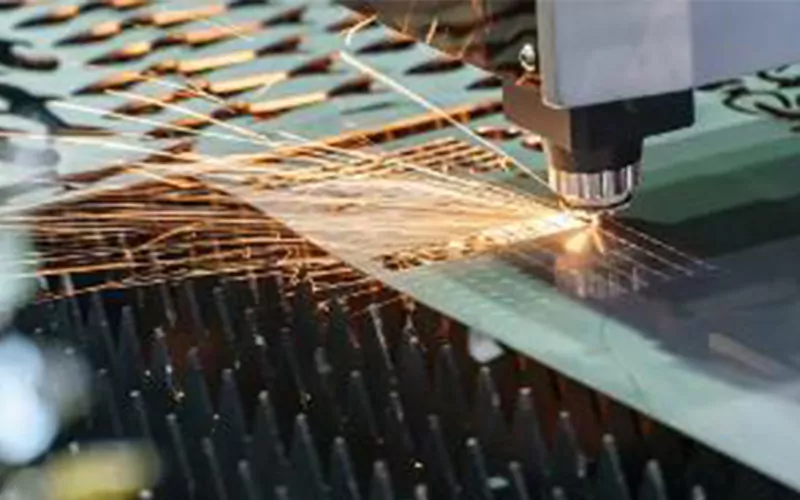This article will give us an insight into laser cutting metal service.
When it comes to metal cutting, lasers have revolutionized the industry with their precision, speed, and versatility. In this article, we will delve into the various types of lasers used in metal cutting services, exploring their unique characteristics and applications.
Understanding the Basics of Laser Cutting
Laser cutting is a thermal-based process that uses a high-powered laser beam to melt, burn, or vaporize material. In the context of metal cutting, lasers are employed to create precise and intricate cuts on a wide range of metal materials, including steel, aluminum, and copper. The process involves focusing the laser beam onto the surface of the metal, which results in localized heating and ultimately leads to the material being cut.
CO2 Lasers
CO2 lasers are one of the most commonly used types of lasers in metal cutting services. These lasers generate a beam of infrared light using a carbon dioxide gas mixture as the lasing medium. CO2 lasers are highly effective for cutting non-metallic materials, but they are also widely utilized for metal cutting applications. They offer excellent beam quality and are capable of cutting thick metal sheets with high precision.
Fiber Lasers
Fiber lasers have gained popularity in the metal cutting industry due to their superior cutting capabilities and energy efficiency. These lasers use optical fibers doped with rare-earth elements as the lasing medium, resulting in a high-power laser beam that is ideal for cutting metals. Fiber lasers are known for their high cutting speeds, making them suitable for industrial-scale metal cutting operations.
Nd:YAG Lasers
Neodymium-doped Yttrium Aluminum Garnet (Nd:YAG) lasers are solid-state lasers that are commonly used for precision metal cutting applications. These lasers produce a high-intensity beam with a wavelength that is well-suited for cutting reflective metals such as brass and copper. Nd:YAG lasers are valued for their ability to deliver fine, detailed cuts on thin metal sheets, making them a preferred choice for intricate metal cutting requirements.
Diode Lasers
Diode lasers are semiconductor lasers that offer a compact and cost-effective solution for metal cutting applications. While they may not possess the same power levels as CO2 or fiber lasers, diode lasers are suitable for cutting thin metal foils and sheets. They are often used in applications where portability and space constraints are important factors, such as in the electronics and medical device manufacturing industries.
As we have explored, the diverse types of lasers used in metal cutting services each offer unique advantages and are tailored to specific metal cutting requirements. Whether it is the precision of Nd:YAG lasers, the speed of fiber lasers, or the versatility of CO2 lasers, the choice of laser type depends on factors such as material thickness, cutting speed, and desired cut quality.
By understanding the characteristics and applications of different types of lasers, metal cutting service providers can optimize their processes and deliver high-quality, customized solutions to their clients.
